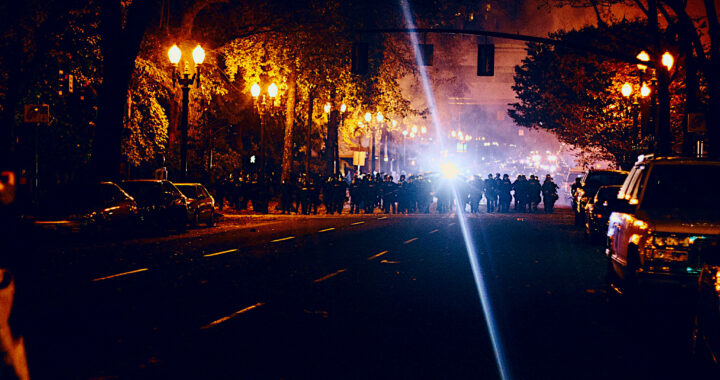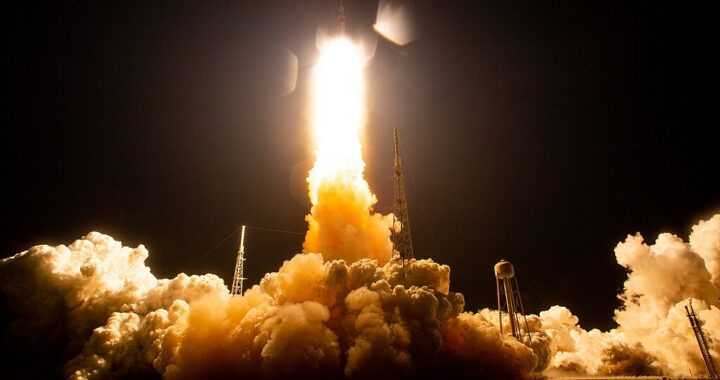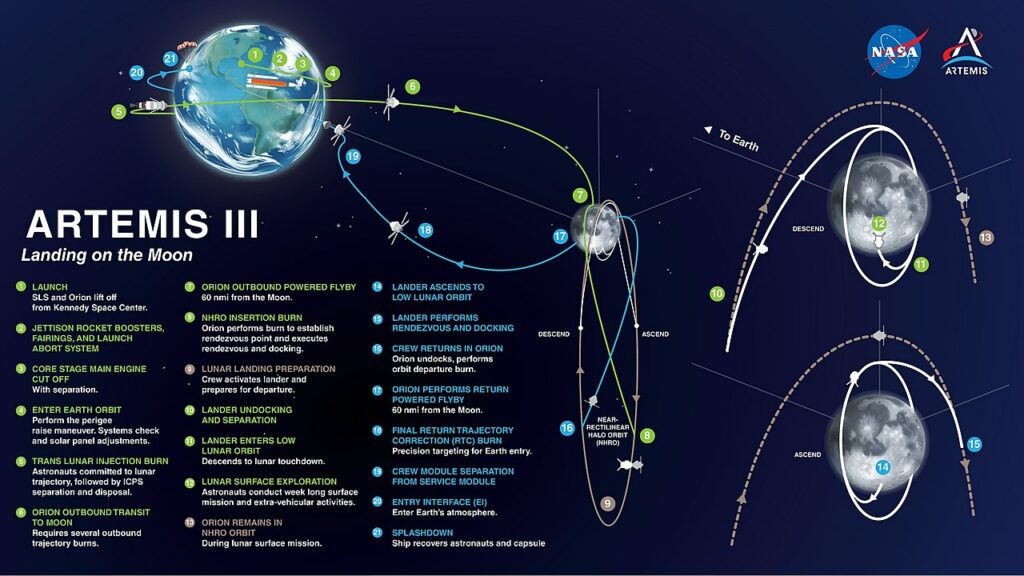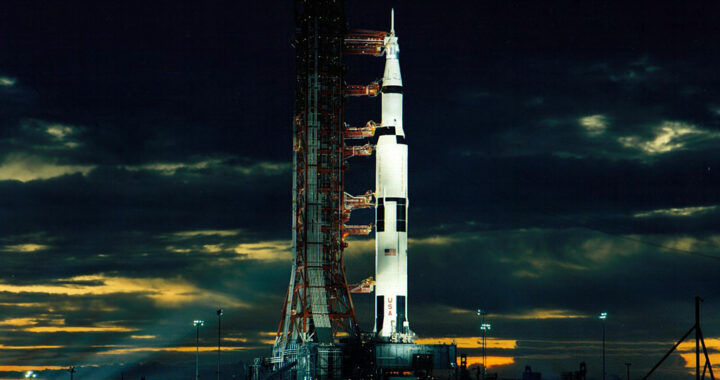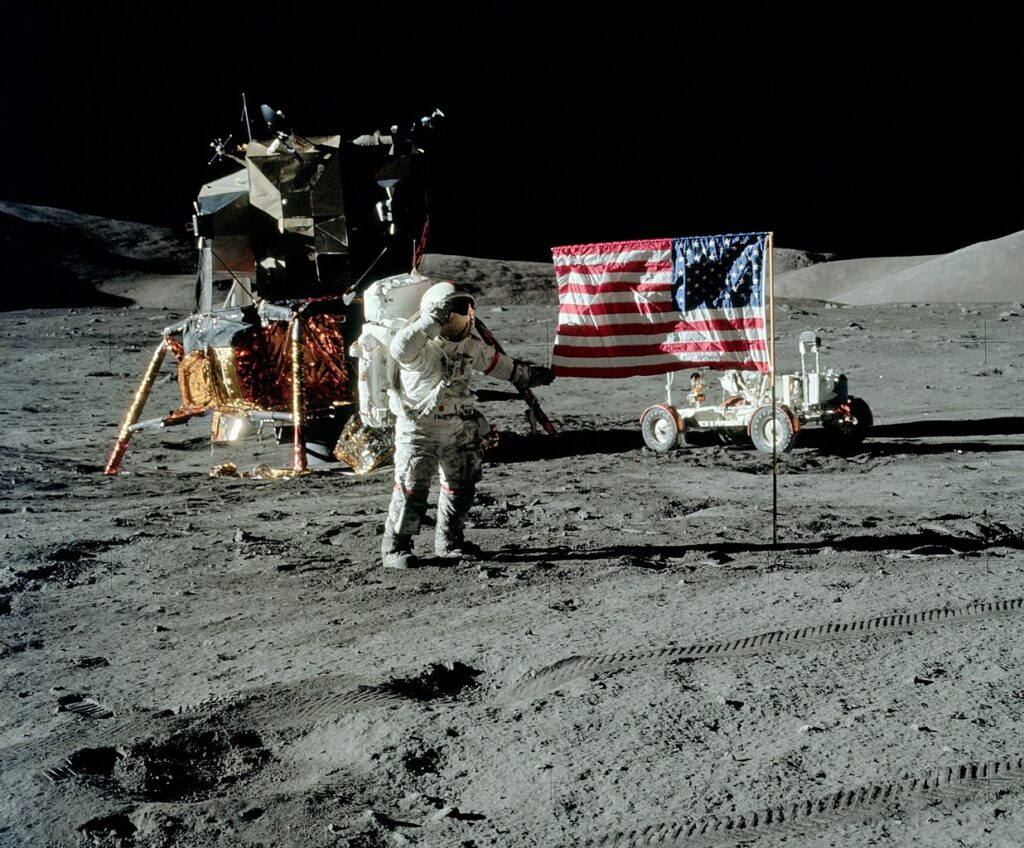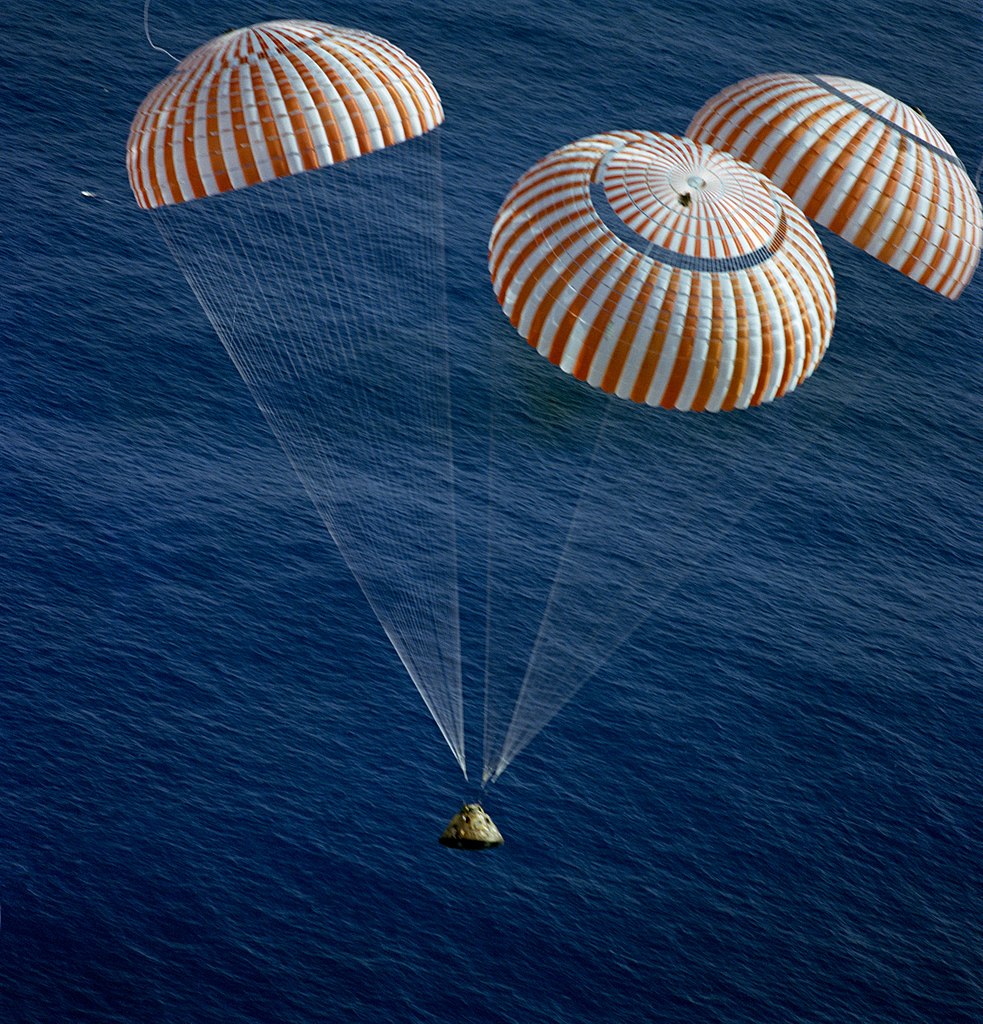From Peacekeepers to Warriors: The Troubling Transformation of American Policing
by Patrick Wilson
The increasing adoption of military equipment and tactics by police departments has ignited a heated debate about the implications for public safety, civil liberties, and the relationship between law enforcement and communities. While proponents of police militarization argue that it provides officers with the tools necessary to effectively combat crime and terrorism, critics raise serious concerns about the potential for increased use of force, erosion of trust, and violations of constitutional and international law.
The Rise of Police Militarization: A Journey from Civilian Law Enforcement to Military-Style Policing
Police militarization is the process by which police departments adopt military-style equipment, tactics, and organizational structures. This trend has been ongoing for decades, and it has been accelerated by the War on Drugs and the War on Terror.
There are a number of reasons why police departments have become militarized. One reason is that the federal government has made it easier for police departments to obtain military-style equipment. In 1990, Congress passed the 1033 Program, which allows the Department of Defense to transfer surplus military equipment to state and local law enforcement agencies. This program has provided police departments with billions of dollars in equipment, including armored vehicles, weapons, and surveillance technology.
Another reason for police militarization is the rise of the War on Drugs. In the 1980s, the federal government began to crack down on drug trafficking, and this led to a sharp increase in the number of arrests and incarcerations. Police departments began to adopt military-style tactics in order to deal with the drug problem, and this led to a more aggressive approach to policing.
The War on Terror has also contributed to the militarization of police departments. In the wake of the September 11, 2001 attacks, the federal government began to focus on preventing future terrorist attacks. This led to an increase in funding for police departments, and it also led to the adoption of more militaristic tactics.
Police militarization has had a number of negative consequences. One consequence is that it has led to an increase in the use of force by police. Police officers who are trained in military-style tactics are more likely to use force, and this can lead to injuries and deaths.
Another consequence of police militarization is that it has eroded trust between police and communities. When police officers are seen as occupying forces, it can make it more difficult for them to build relationships with the people they are supposed to protect. This can make it harder for police to solve crimes and can lead to more violence.
There are a number of things that can be done to address the problem of police militarization. One thing that can be done is to reform the 1033 Program so that it is more difficult for police departments to obtain military-style equipment. Another thing that can be done is to provide more training for police officers on de-escalation tactics. It is important to build trust between police and communities. This can be done by involving community members in the policing process and by holding police accountable for their actions.
A Comprehensive Overview of Military Equipment Used by Police Departments
This section will delve into the diverse range of military equipment employed by police departments, encompassing armored vehicles, sophisticated weaponry, advanced surveillance technology, and a variety of specialized gear.
Armored Vehicles
-
Armored Personnel Carriers (APCs): These heavily armored vehicles are designed to protect occupants from gunfire and explosives. They are typically used for transporting SWAT teams and other specialized units during high-risk operations. APCs are equipped with bulletproof windows and armor plating, as well as gun ports that allow officers to fire from inside the vehicle. They can also be equipped with ramming devices to break through barricades.
-
Mine-Resistant Ambush Protected (MRAP) Vehicles: These heavily armored vehicles are designed to withstand blast and ballistic threats. They were originally developed for use in Iraq and Afghanistan, but they have since been adopted by police departments in the United States. MRAPs are built on a V-shaped hull that deflects blasts away from the vehicle, and they are equipped with thick armor plating that can withstand gunfire from high-powered weapons. They are also often equipped with machine gun turrets.
-
Humvees: These military-grade vehicles are known for their durability and off-road capabilities. They are often used by police departments for patrolling and transporting personnel. Humvees are equipped with four-wheel drive, a powerful engine, and high-clearance suspension, making them well-suited for rugged terrain. They can also be equipped with armor plating and gun ports.
Weapons
-
Assault Rifles: These semi-automatic rifles are capable of firing multiple rounds quickly. They are typically used by SWAT teams and other specialized units during high-risk operations. Assault rifles are more powerful and have a longer range than handguns, making them more effective for engaging targets at a distance.
-
Grenade Launchers: These weapons are used to fire grenades. They can be used to launch fragmentation grenades, which explode upon impact, or smoke grenades, which create a smokescreen. Grenades can be used to flush out suspects from buildings or to create a distraction while officers move into position.
-
Sniper Rifles: These high-powered rifles are designed for accuracy over long distances. They are typically used by SWAT teams and other specialized units for surveillance and precision targeting. Sniper rifles are equipped with high-powered scopes that allow officers to engage targets with pinpoint accuracy.
-
Long-Range Acoustic Devices (LRADs): These devices emit high-pitched sounds that can cause pain and disorientation. They are typically used by police to disperse crowds or subdue suspects. LRADs can be mounted on vehicles or carried by individual officers. They can emit sounds that are loud enough to cause permanent hearing damage.
-
Flashbang Grenades: These grenades emit a blinding flash and a loud bang when they explode. They are typically used by police to disorient and temporarily stun suspects.
-
Pepper Balls: These projectiles contain a chemical irritant that causes intense pain and burning when it comes into contact with skin or eyes. They are typically used by police to disperse crowds or subdue suspects.
-
Rubber Bullets: These projectiles are made of rubber or plastic and are designed to cause pain and disorientation without causing serious injury. They are typically used by police to disperse crowds or subdue suspects.
-
Tear Gas: This is a chemical agent that can cause irritation of the eyes, nose, and throat. It is typically used by police to disperse crowds or subdue suspects. Tear gas can be used to control unruly crowds or to create a distraction while officers move into position.
Surveillance Technology
-
Drones: These unmanned aerial vehicles (UAVs) can be used for surveillance and reconnaissance. They can be equipped with cameras and other sensors to collect data on a target area. Drones can be used to monitor protests, track suspects, or search for evidence.
-
Stingrays: These cell phone surveillance devices can be used to track the location of cell phones and intercept calls and text messages. Stingrays can be used to identify suspects, track their movements, or gather intelligence on criminal activity.
-
Body-Worn Cameras: These cameras are worn by police officers on their bodies. They can be used to record police interactions with the public. Body-worn cameras can provide evidence of police misconduct or protect officers from false accusations.
Other Equipment
-
Night Vision Goggles: These devices allow police officers to see in low-light conditions. They are typically used by SWAT teams and other specialized units during nighttime operations. Night vision goggles can be used to identify suspects, track their movements, or search for evidence in darkness.
-
Armored Vests: These vests are worn by police officers to protect them from gunfire. They are typically made of bulletproof materials, such as Kevlar or steel plates. Armored vests can protect officers from serious injury or death in the event of a shooting.
The use of military equipment by police departments has been controversial, and there is a debate about whether it is appropriate for police to use weapons and tactics that are designed for use in war. Critics argue that it can lead to an increase in the use of force and erode trust between police and communities. Supporters of police militarization argue that it is necessary to equip police with the tools they need to protect themselves and the public from dangerous criminals.
Beyond the Battlefield: Legal Scrutiny of Military Equipment in Civilian Law Enforcement
The increasing adoption of military equipment and tactics by police departments has ignited a complex debate regarding its implications for public safety, civil liberties, and the relationship between law enforcement and communities. Proponents of police militarization advocate for its necessity in combating crime and terrorism, while critics raise concerns about the potential for increased use of force, erosion of public trust, and violations of both domestic and international laws. This section delves into the legal arguments that challenge the use of military equipment by police departments, examining both domestic and international frameworks that govern law enforcement practices.
Domestic Legal Arguments
Posse Comitatus Act
- The Posse Comitatus Act, enacted in 1878, prohibits the use of the U.S. military to enforce domestic law, except in limited circumstances such as suppressing rebellions or protecting federal property. The use of military equipment by police blurs the line between the military and civilian law enforcement, potentially violating the spirit of the Posse Comitatus Act.
Fourth Amendment
- The Fourth Amendment to the U.S. Constitution protects individuals against unreasonable searches and seizures. The use of military surveillance technology, such as drones and stingrays, raises concerns about the Fourth Amendment as it allows police to collect vast amounts of data about individuals without a warrant.
Fifth Amendment
- The Fifth Amendment to the U.S. Constitution protects individuals against the use of excessive force. The use of military weapons, such as assault rifles and grenade launchers, by police increases the risk of excessive force and can lead to unnecessary deaths.
Eighth Amendment
- The Eighth Amendment to the U.S. Constitution prohibits cruel and unusual punishment. The use of certain types of military equipment, such as LRADs, which emit high-pitched sounds that can cause pain and disorientation, raises concerns about the Eighth Amendment as it can be considered cruel and unusual punishment.
State and Local Laws
- In addition to federal laws, there are also a number of state and local laws that restrict the use of military equipment by police. These laws vary from state to state, but they often prohibit the use of certain types of weapons or equipment, such as armored vehicles or assault rifles.
International Legal Arguments
Geneva Conventions
- The Geneva Conventions, a series of international treaties that regulate the conduct of armed conflict, contain provisions applicable to law enforcement activities. The prohibition against torture and the requirement to treat detainees humanely are examples of provisions that could be violated by the use of military equipment by police.
Universal Declaration of Human Rights
- The Universal Declaration of Human Rights, a document that sets out the fundamental rights and freedoms to which all humans are entitled, contains provisions applicable to law enforcement activities. The right to life and the right to freedom from arbitrary arrest and detention are examples of provisions that could be violated by the use of military equipment by police.
United Nations Basic Principles on the Use of Force and Firearms by Law Enforcement Officials
- The United Nations Basic Principles on the Use of Force and Firearms by Law Enforcement Officials, adopted by the United Nations General Assembly in 1998, outline the principles that should govern the use of force by law enforcement officials. The requirement to use force only as a last resort and the prohibition against the use of excessive force are examples of principles that could be violated by the use of military equipment by police.
These legal arguments highlight the potential for police militarization to violate both domestic and international laws. Careful consideration of these arguments is crucial in assessing the appropriateness of police possessing military equipment and weapons.
Conclusion
The growing debate over police militarization underscores the need for a balanced approach to public safety that prioritizes effective crime prevention and community engagement without sacrificing fundamental rights and civil liberties. While law enforcement agencies must be equipped to address evolving threats, it is crucial to ensure that such measures do not erode public trust, escalate conflicts, or violate constitutional and international principles.
** This piece was created with the help of ai.
*** Photo Credit: “Militarized Police” by Shotboxer Portland is licensed under CC BY 2.0. To view a copy of this license, visit https://creativecommons.org/licenses/by/2.0/?ref=openverse.
